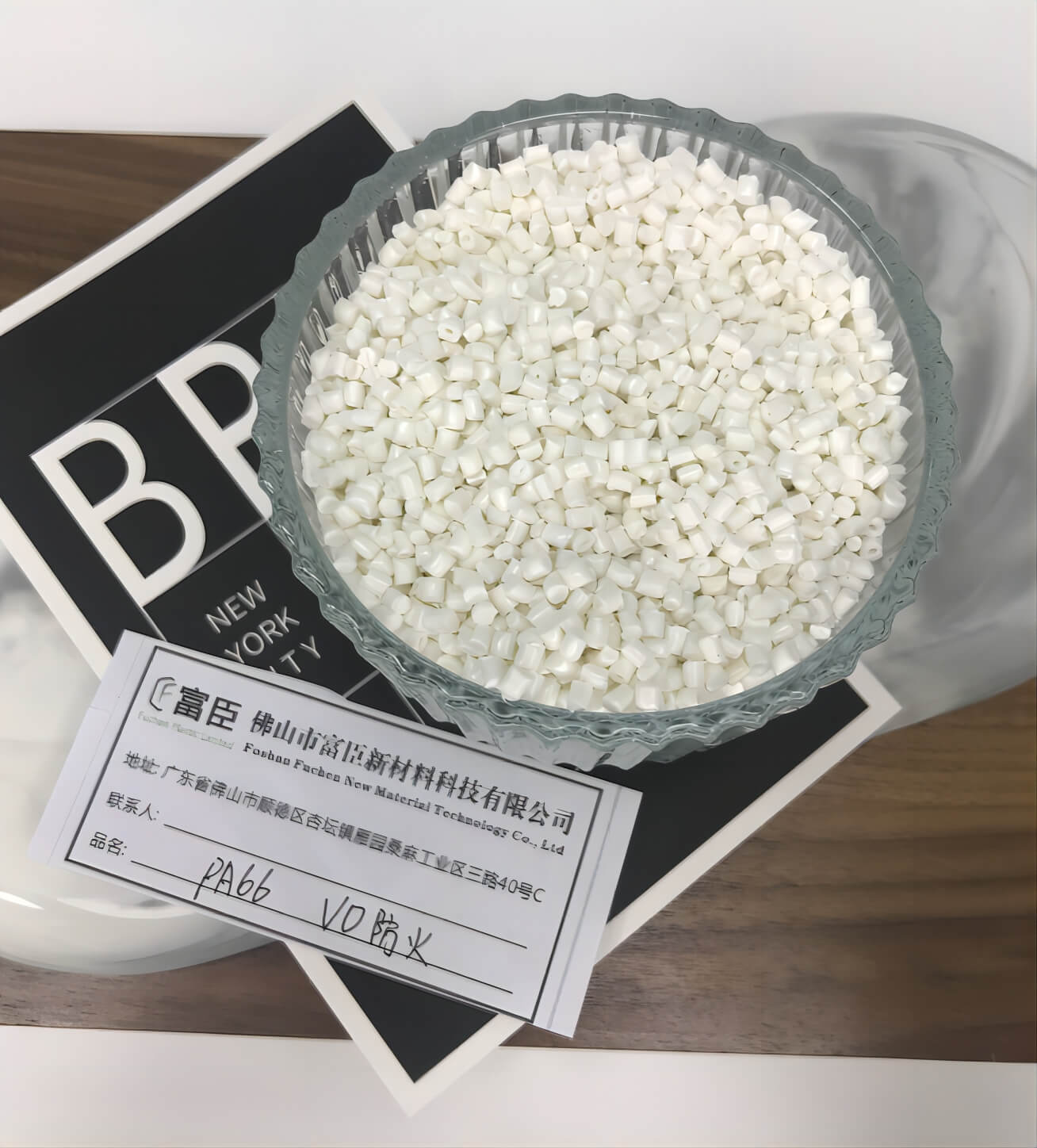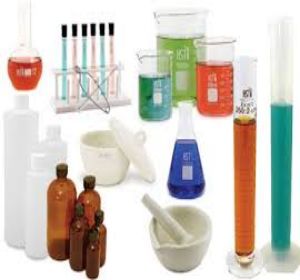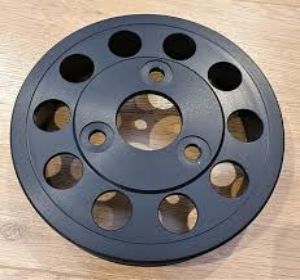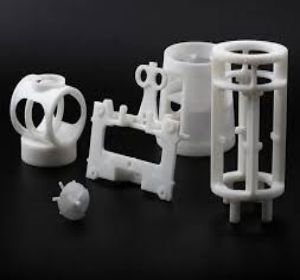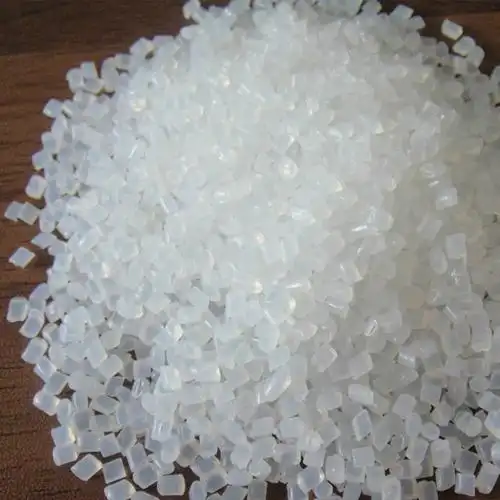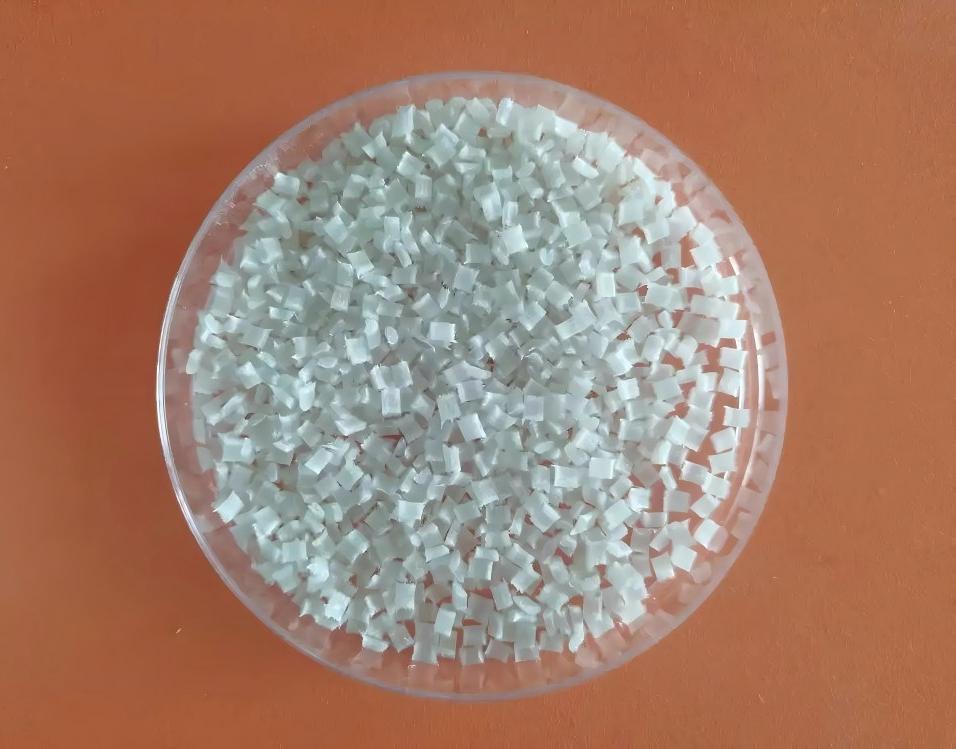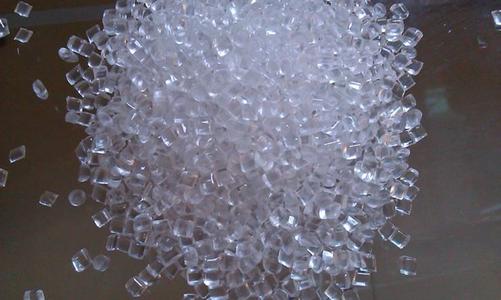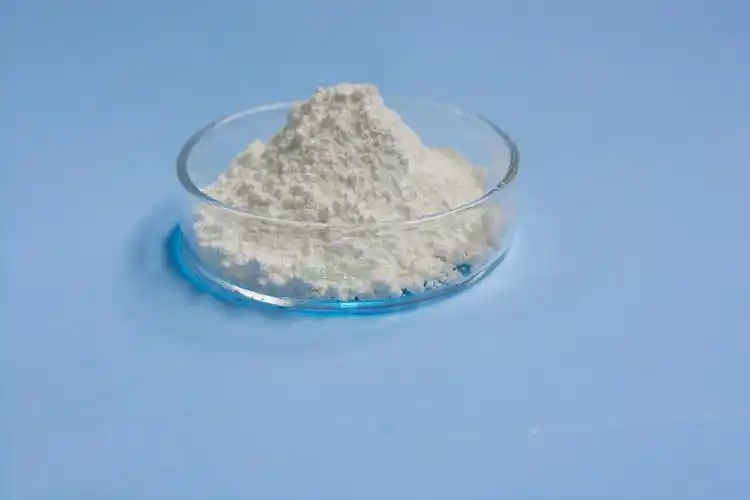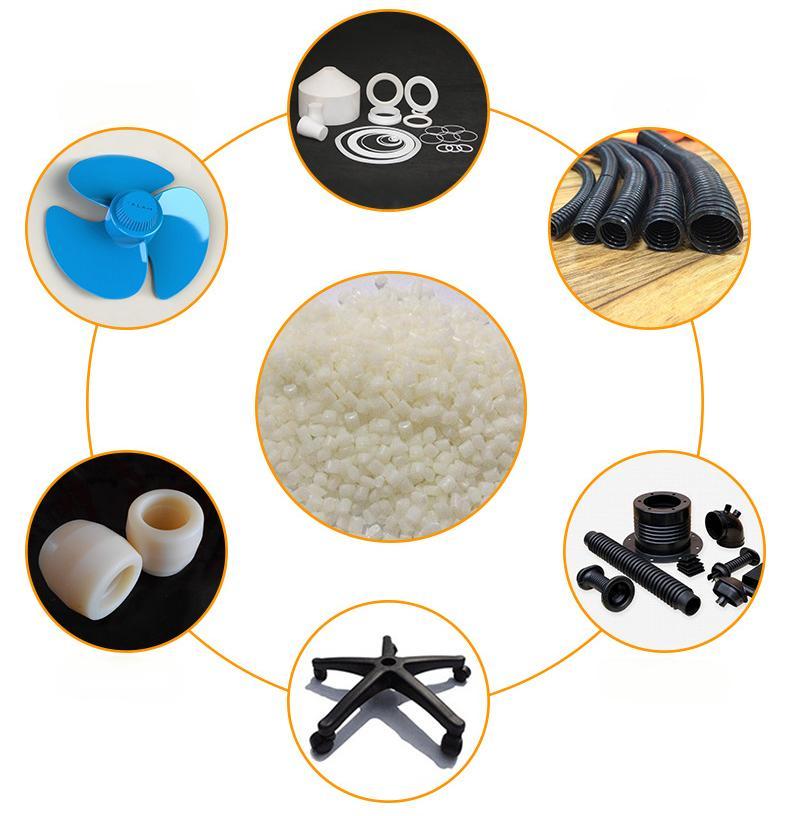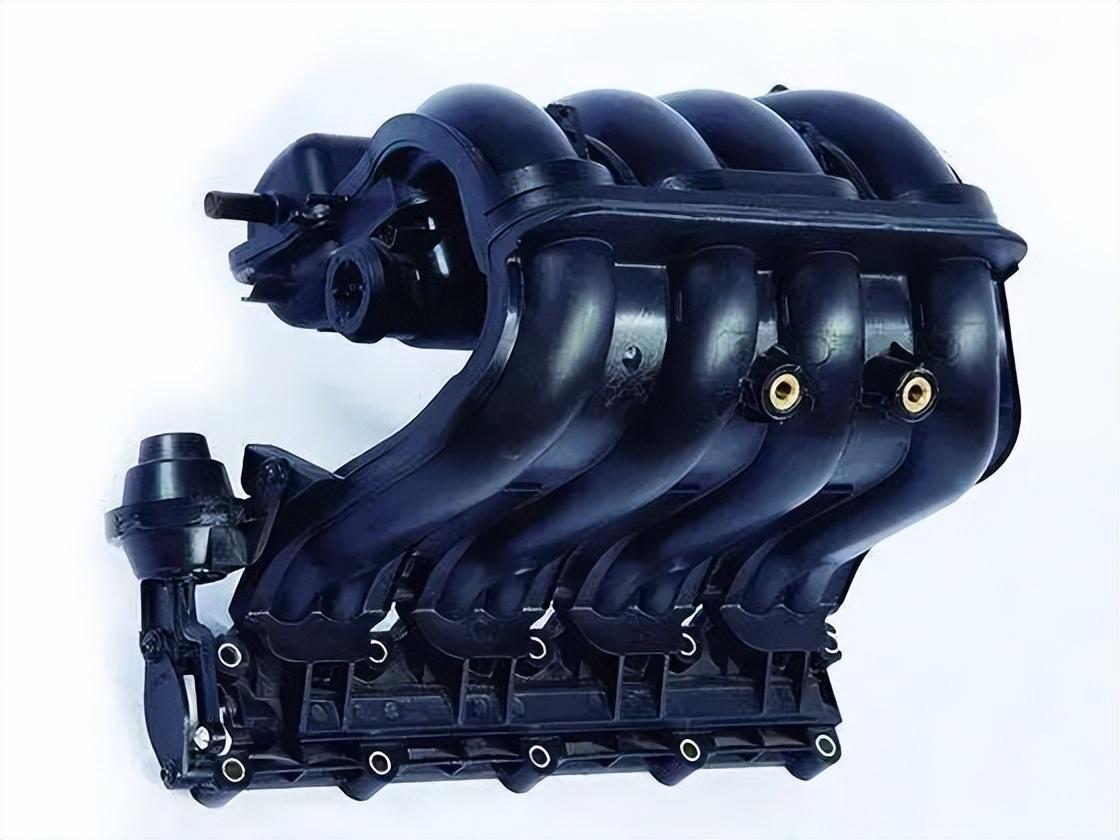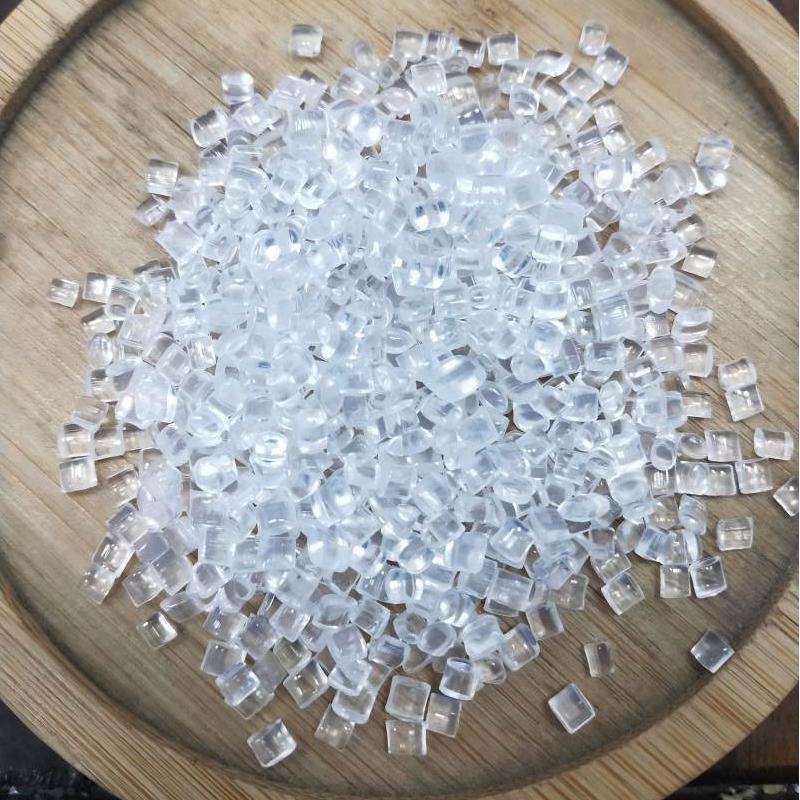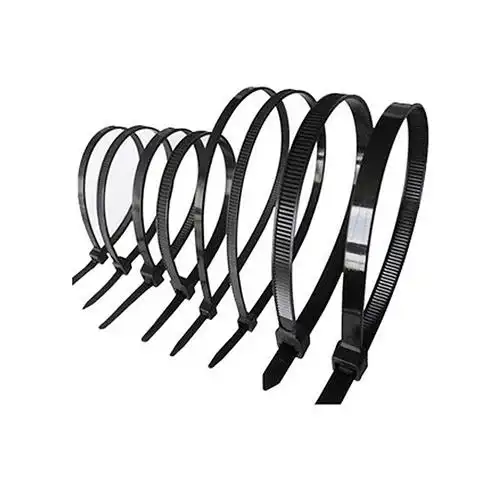While PA66 offers excellent mechanical properties, its inherent flammability can limit its use in applications with strict fire safety regulations. PA66 flame retardant addresses this challenge by incorporating special additives during the manufacturing process. These additives act in various ways to improve fire safety:
- Extinction: Some additives extinguish flames directly upon ignition.
- Burning Rate Reduction: Others slow the burning rate by absorbing heat or releasing non-combustible gases.
- Drip Prevention: Certain additives prevent molten plastic from dripping, which can significantly reduce fire spread.
The level of flame retardancy in PA66 can be tailored by adjusting the type and amount of additives used. This allows PA66 to achieve different fire safety ratings, such as UL 94. For instance, a higher rating (e.g., UL 94 V-0) signifies the highest level of flame retardancy, with the material self-extinguishing quickly with minimal dripping.
PA66 flame retardant offers several advantages over standard PA66:
- Enhanced Fire Safety: It meets stricter fire safety regulations, making it suitable for applications in various industries.
- Retains Desirable Properties: Despite the addition of flame retardants, PA66 flame retardant retains many of the desirable properties of standard PA66, such as high mechanical strength and good chemical resistance.
This combination of fire safety and performance makes PA66 flame retardant a valuable material for various applications:
Electronics: Electrical components and enclosures in electronic devices often require flame retardant materials to prevent electrical malfunctions from escalating into fires.
Automotive: Interior components like dashboards, door panels, and cable insulation in automobiles require materials with good fire safety characteristics. Here, PA66 flame retardant might be used alongside PA66 GF35 (a flame-retardant variant with 35% glass fiber reinforcement) – note that this is a hypothetical example, actual part numbers would depend on the specific application and manufacturer.
PA66 flame retardant offers a safe and reliable solution for various applications where fire safety is paramount. However, it’s important to consult with material suppliers to determine the specific part number (e.g., not all PA66 GF30 parts might be flame retardant) that best suits your project’s fire safety requirements and performance needs.
